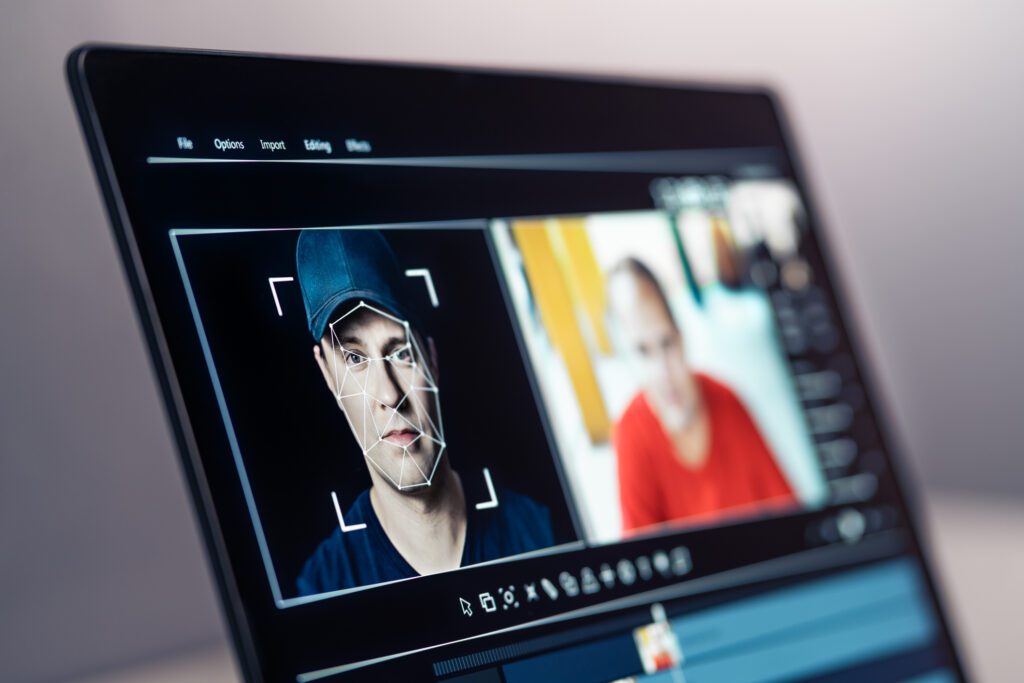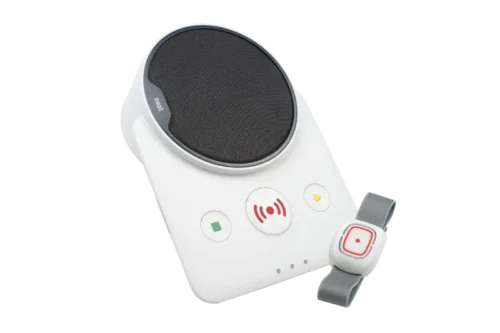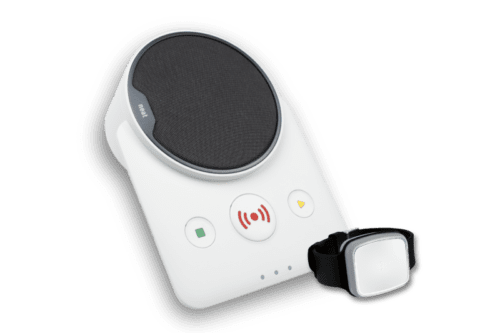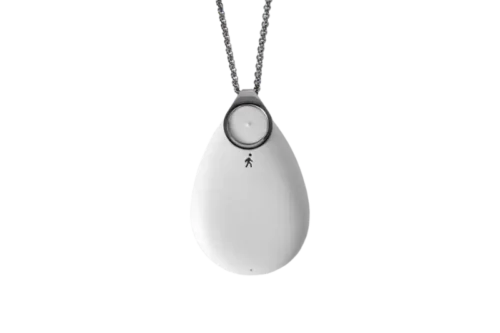In recent years, Artificial Intelligence (AI) has completely changed how we make visual content. As a result, fake images and videos known as “deepfakes” have become increasingly common in the media.
Deepfake technology is more accessible than ever before. However, a recent survey found that 71% of people worldwide do not know what deepfakes are. So, what is a deepfake? And why should we be aware of them?
What is a deepfake?
Deepfakes are media pieces, such as images or videos, made using artificial intelligence (AI) technology. This technology can create fake videos, audio or pictures that show something completely false. They can make it look like someone did or said something that never really happened. Imagine watching a video of a famous politician giving a shocking speech or a beloved celebrity endorsing a dubious product.
Now, imagine discovering it was all fake. That’s the power of deepfake technology—artificial intelligence that creates hyper-realistic but false media content.

What’s the harm in deepfake technology?
Deepfakes can be used for fun, but they have also been used to mislead people purposely. Some have used this technology to impersonate public figures, such as politicians or doctors, and spread false information.
As deepfake technology advances, it becomes harder to recognise what is real and what is not. As a result, this can damage our trust in the media, causing repercussions for businesses, public figures, and the like.
Real-life Impact
In recent news, deepfake videos of well-known doctors have been circulating in the media. These deepfake videos show these doctors seemingly endorsing products that claim to cure high blood pressure and diabetes. Among the list of names impersonated in these deepfake videos is GP and TV presenter Dr Hilary Jones.
Dr. Hilary Jones, a respected GP and TV presenter, found himself at the centre of this digital deception. There was a video circulating on Facebook that appeared to feature Dr Hilary Jones promoting a ‘cure’ for high blood pressure on the Lorraine show, but it was actually a deepfake video.
This wasn’t the only case. In another video, the late Dr Michael Mosley was seen promoting a cure for diabetes and discouraging the use of insulin. Again, this was a deepfake video, and Dr. Michael Mosley does not endorse the product in any way.
We decided to address this issue because Dr Hilary Jones has been with us at Telecare24 since 2012 and remains an important part of our team. Not only does he recommend our products, but he is also an ambassador and guest blogger for Telecare24.
Please be assured the information we share from Dr Hilary Jones is genuine. Dr Hilary Jones supports Telecare24 on a personal level. Our fall alarm helped keep his mother safe and independent in her own home. Telecare24 remains the only careline recommended by Dr Hilary Jones. It is a personal endorsement we deeply value.
As a result of the recent deepfake videos, Dr Hilary Jones now employs a social media expert to identify and remove these manipulated videos.
How to Identify a Deepfake
However, sometimes, such videos resurface under different names. Therefore, it is important to protect yourself from misinformation by learning to identify deepfakes. Here are some ways you can do that:
- Look out for anything out of place or strange in the video or picture. Deepfakes might have strange-looking faces, blurry areas, or parts of the image that don’t align properly. Also, check if the person looks the same throughout the whole video. If there are inconsistencies in the featured person’s appearance, the video could be a deepfake.
- Always check where a video or audio clip comes from. Look for content from well-known news outlets and verified channels for trustworthy information.
- You can use tools and software, such as Deepware Scanner, to help you spot a deepfake. It might be helpful to ask a friend or family member to install such software onto your electronic devices.
- Finally, if you see a video that looks like a deepfake, report it to the platform where you discovered it. This can help prevent the spread of misinformation.
Even though deepfake technology can be used in fields like entertainment and education, the potential for misuse should not be ignored. That’s why it is important to stay informed on deepfake technology and how to recognise it.
As deepfake technology improves, detection becomes more challenging. But by following the tips above and staying cautious, you can better protect yourself and others from the potential harms of deepfakes.
Share this article to help others understand and recognise deepfakes and most importantly be informed.




